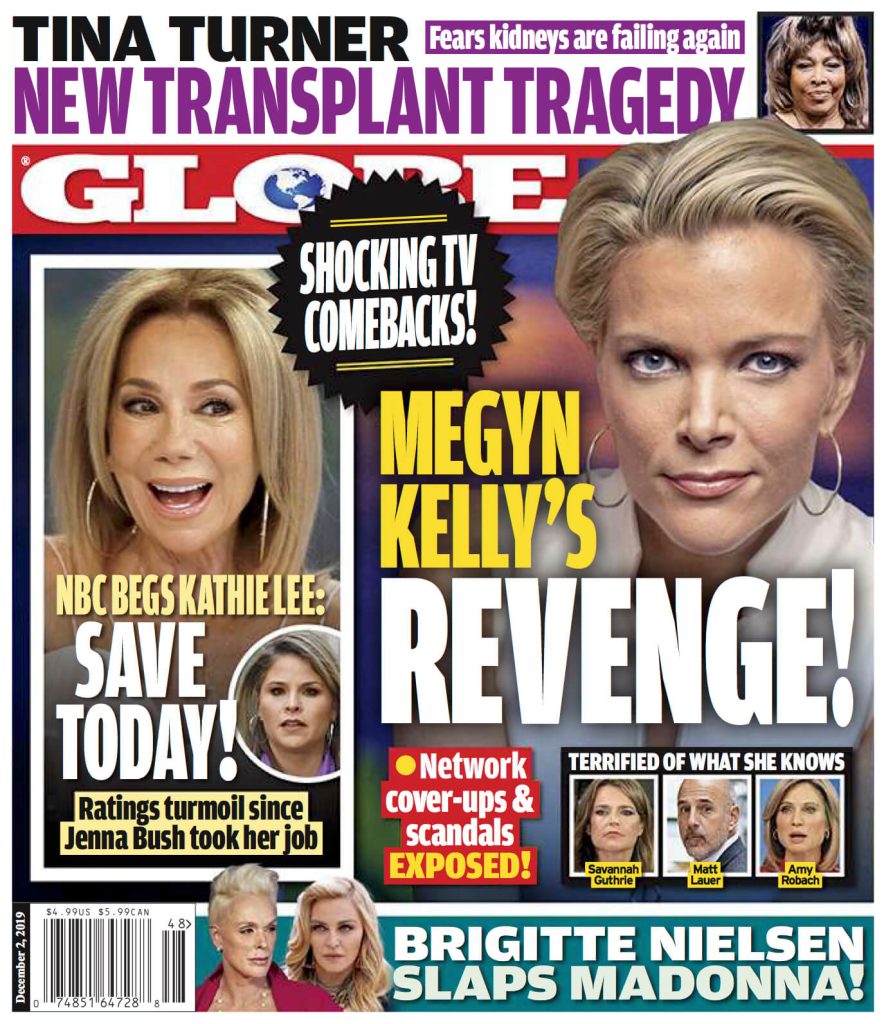By Richard Cowan, former NORML National Director and author of A Primer About Homemade Cannabidiol (CBD) Medicine.
Wikipedia’s article on “The Partnership” begins with “Partnership to End Addiction, first known as the Partnership for a Drug-Free America (PDFA) then later as the Partnership at DrugFree.org, and The Partnership for Drug-Free Kids”, showing the evolution of prohibitionist propaganda.
The organization itself was created by “Madison Avenue”, meaning the Advertising Industry. Of course, the industry has been in the forefront of pushing drugs, meaning alcohol, pharmaceuticals, and especially tobacco, for most of the Twentieth Century.
See: Why Is No One Talking About The Drug War (Marijuana) In The 2020 Presidential Election?
So, in 1985, when it began to be criticized for its drug dealing, it decided to wrap itself in the flag, and some of the top people in the business got together to mobilize “Mad Ave” to propagandize against the drugs they couldn’t sell.
Embarrassingly, as Wikipedia reported, “PDFA was the subject of criticism when it was revealed by Cynthia Cotts of the Village Voice that their federal tax returns showed that they had received several million dollars worth of funding from major pharmaceutical, tobacco and alcohol corporations including American Brands (Jim Beam whiskey), Philip Morris (Marlboro and Virginia Slims cigarettes, Miller beer), Anheuser Busch (Budweiser, Michelob, Busch beer), R.J. Reynolds (Camel, Salem, Winston cigarettes), as well as pharmaceutical firms Bristol Meyers-Squibb, Merck & Company and Procter & Gamble. In 1997 it discontinued any direct fiscal association with tobacco and alcohol suppliers, although it still receives donations from pharmaceutical companies. There has been criticism that some of its PSAs have had "little proven effect on drug use."
See: Why Are Police Still Pushing Marijuana Prohibition
Their focus was inevitably on marijuana. Almost twenty years ago, on November 27, 2000, they issued a press release claiming that “The survey found teen attitudes and perceptions about marijuana trending in a positive direction with more teens rejecting the drug. This year, more teens believe marijuana will make them lonely (43 percent, up from 38 percent in 1997), boring (32 percent, up from 29) or act stupidly or foolishly (54 percent, up from 51).”
(Actually, all those numbers are within the margin of error for the survey, so it was all meaningless.)
Remember, this is also the group that gave us “This is your brain on drugs.”
See: Criminal Justice Reform Must Become The Business Of America’s Business
To further demonstrate its blatant hypocrisy, in 1989, Johnson & Johnson chief executive James E. Burke took over leadership. Of course, J&J just happens to manufacture “Tylenol”, the leading brand of acetaminophen.
See: Tylenol Is By Far The Most Dangerous Drug Ever Made
"Each year a substantial number of Americans experience intentional and unintentional Tylenol (acetaminophen) associated overdoses that can result in serious morbidity and mortality. Analysis of national databases show that acetaminophen-associated overdoses account for about 50,000 emergency room visits and 25,000 hospitalizations yearly. Acetaminophen is the nation's leading cause of acute liver failure, according to data from an ongoing study funded by the National Institutes for Health. Analysis of national mortality files shows about 450 deaths occur each year from acetaminophen-associated overdoses; 100 of these are unintentional."
And marijuana has no lethal dose.
America is struggling with an overwhelming sense of cynicism, but we still can’t mention the “Drug War”, so we cannot even begin to understand that the Partnership for Prohibitionist Propaganda may have played a major role in that.
A “Drug Free America” is becoming an UnFree America.




